Majestic giants: what is the largest bird in the world
Birds have always captivated the human imagination with their ability to soar in the sky, their vibrant plumage, and their diverse behaviors. Birds, with their wonderful diversity, adorn the sky, forests and water. They play vital roles in ecosystems. From small hummingbirds to huge albatross, birds show a dizzying array of sizes and shapes. But when it comes to sheer size, one bird beats the rest, the ostrich. In this article, we'll travel through the bird kingdom, explore bird classification and distribution, understand their diverse habitats, and finally reveal the world's largest bird.
Show key points
- Birds are incredibly diverse and widespread creatures, with over 10,000 species adapted to nearly every environment on Earth.
- Taxonomically, birds fall under the class Aves and are classified into groups like palaeognathae and neognathae based on their evolutionary traits.
- Birds occupy a wide variety of habitats, including forests, wetlands, grasslands, and oceans, each offering unique ecological niches and challenges.
- ADVERTISEMENT
- Vibrant plumage, melodic calls, and elaborate courtship rituals make birds both aesthetically captivating and biologically fascinating.
- Human interaction with birds spans admiration, domestication, cultural symbolism, and conservation efforts to protect threatened species and ecosystems.
- The ostrich, native to Africa, is the largest living bird, notable for its towering height, incredible running speed, and massive eggs.
- With strong legs, limited toes, and sexual dimorphism in plumage, the ostrich is strikingly adapted to life on open plains where it forms social groups and exhibits complex mating behavior.
1. Introduction to the Bird Kingdom
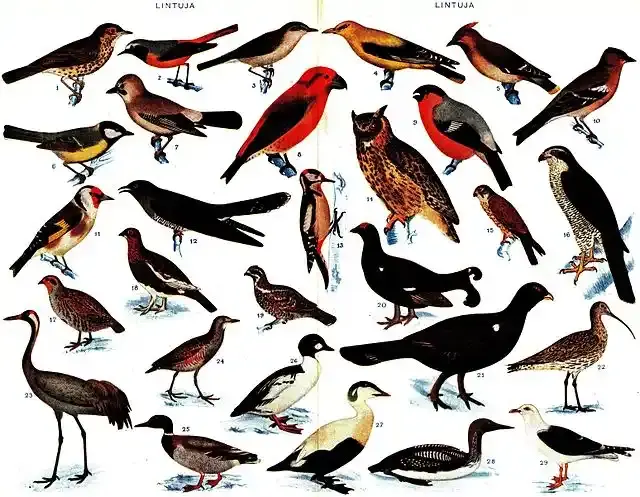
Kingdom Birds is a diverse and dynamic group of creatures belonging to the class of birds. Birds are distinguished by their plumage, beaks and high metabolic rates. They are warm-blooded heat-absorbing vertebrates, a four-chamber heart and a unique flight-supporting skeleton, and are characterized by feathers, beaks and, usually, the ability to fly. The ornithologist comprises more than 10,000 species scattered on every continent and an endless array of ecosystems. Each type adapts to diverse environments around the world. However, flightless birds such as the ostrich exhibit a different form of adaptation, prioritizing size and speed over air capabilities.
Recommend
2. Classification of birds.

Birds are classified into different orders, families, genera and species based on their evolutionary relationships and physical characteristics. Birds belong to the order Aves and are classified based on various criteria, including shape, heredity and behavior. The order Aves is divided into two main groups: palaeognathae and neognathae, and the ancillophytes are mostly composed of flightless birds such as ostriches, emus and kiwi, known for their primitive palatine structure. The range of jaws includes the vast majority of bird species, which are characterized by a more flexible palate, which facilitates diverse feeding strategies.
The classification system, known as taxonomy, helps ornithologists understand bird diversity and evolutionary history. The main bird ranks include:
Perch birds (Passeriformes): The largest order, including sparrows, crows, and sparrows.
Birds of prey: raptors such as eagles, falcons and hawks.
Parrots: famous for their bright colors and intelligence.
Waterfowl: ducks, swans, geese.
3. Global distribution of birds.

Birds are incredibly adaptable and can be found in almost every environment on earth. From the icy tundra of the Arctic to the dense rainforests of the Amazon, birds have colonized a wide range of habitats. Some birds are highly specialized, thriving in specific environments, while others are more general and can live in different conditions. Migration patterns also play a crucial role in the distribution of many bird species, allowing them to exploit different areas seasonally.
The distribution of birds is influenced by factors such as climate, food availability and habitat species. Migratory species cross continents, adapting to seasonal changes, while endemic species are limited to specific regions. This global presence confirms their adaptability and environmental importance.
Birds occupy diverse habitats, each offering unique resources and challenges. The main habitats of birds include:
Forest: Home to a large variety of bird species, including woodpeckers, owls, and songbirds.
Pastures and savannahs: species such as ostriches and bustards thrive here.
Wetlands and swamps: supports species such as egrets, ducks and kingfishers.
Oceans and coasts: Seabirds such as albatros, gulls and pelicans adapt to marine environments.
4. Birds and their aesthetics.
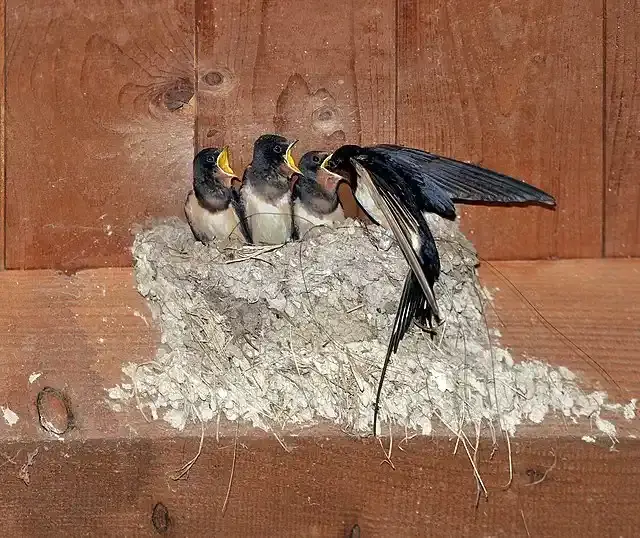
Birds have long been admired for their amazing beauty and vibrant plumage. Species such as the peacock, with its iridescent tail feathers, and the rainbow-coloured parrot, embody the aesthetic diversity within the bird world. Bird sounds add to their charm, as each species has unique sounds that can be rhythmic and complex. This beauty plays a role in mating rituals, species determination, and even human art and culture, and inspires countless literary works, music, and visual arts.
5. Relations between man and birds.
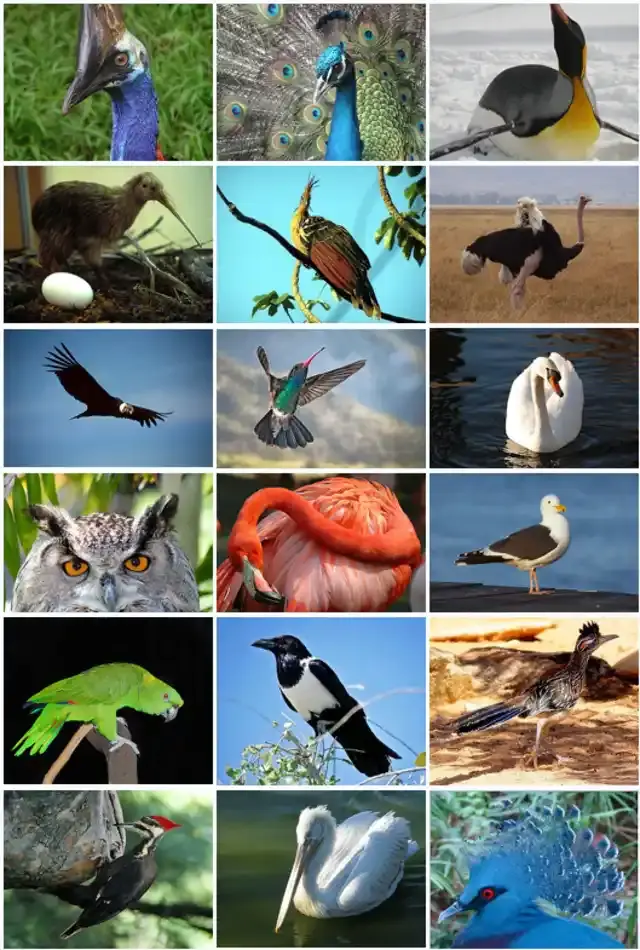
Humans have a multifaceted relationship with birds, including admiration, domestication and conservation efforts. Birds have been kept as pets, ranging from colorful parrots to tone canaries, providing companionship and cheerfulness. Historically, birds were symbols in mythology and religion, representing freedom, wisdom and omens. Modern conservation efforts seek to protect bird species and habitats, and address threats such as climate change, habitat loss, and pollution. Bird watching has also become a popular hobby, fostering deeper communication between people and the natural world.
6. Giants of the world of birds: ostrich.

When discussing the largest bird in the world, it is necessary to distinguish between the largest living bird and the largest bird ever found. The title of the largest living bird goes to the ostrich (Struthio camelus).
The ostrich, which lives in Africa, is a bird that does not fly and holds many records in the world of birds. Here are some fascinating facts about the ostrich:
Size and weight: An ostrich can reach 9 feet (2.7 m) in height and weigh between 220 and 350 pounds (100 to 160 kilograms).
Speed: Despite its size, the ostrich is fast running, capable of reaching speeds of up to 45 mph (72 kilometers per hour).
Eggs: Ostrich eggs are the largest of any living land animal, reaching 6 inches (15 cm) in diameter and weighing up to 3 pounds (1.4 kg).
The ostrich's impressive size is complemented by strong legs, making it the fastest runner among birds.
7. Physical characteristics of the ostrich
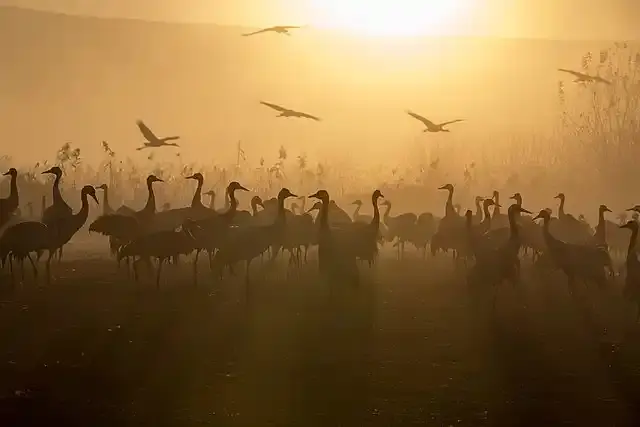
Ostriches are distinguished by their long necks, large eyes, and strong, bare legs. Unlike most birds, it has only two fingers on each foot, which is adapted to running. Its plumage is also unique. Males have eye-catching black and white plumage, while females and juveniles have a calmer grey-brown color. Despite being unable to fly, ostriches have strong wings that are used for balance and courtship shows.
8. The behavior of the ostrich and its environment.
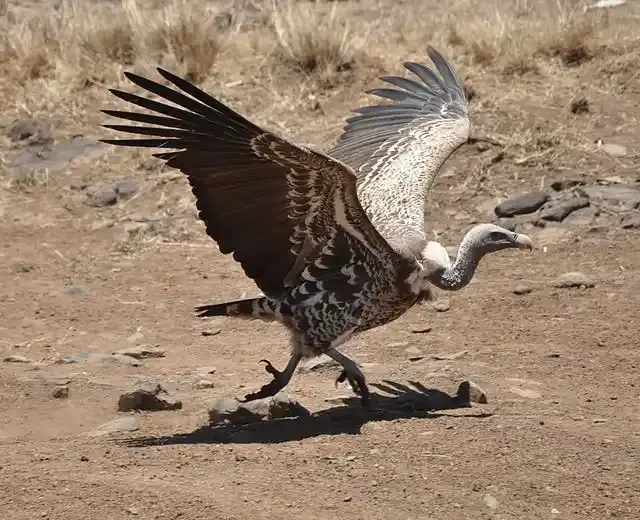
The ostrich is carnivorous, feeding on a diet of plants, seeds, insects and small vertebrates. They thrive in savannah and open deserts, where their piercing eyesight and speed provide defense against predators. They are social birds, often forming flocks ranging in number from a small number of individuals to more than fifty individuals. Reproduction involves complex rituals, with dominant males building their nests and competing for couples.
9. State of conservation and human influence.
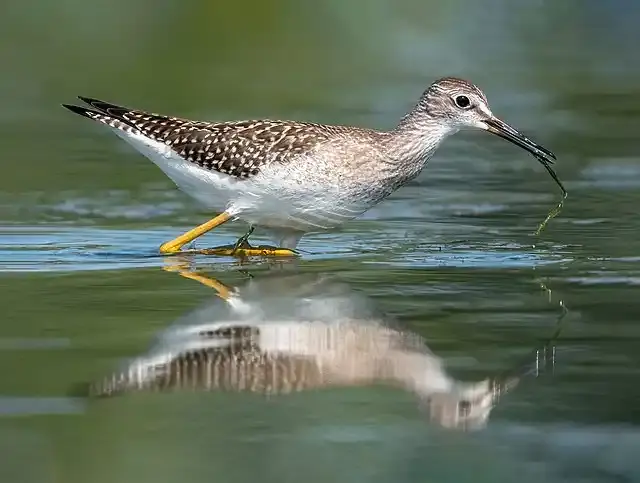
Although ostriches are not currently endangered, their herds face threats from habitat destruction and hunting. Ostrich farming has become a sustainable alternative, providing meat, skins and feathers while reducing pressure on wild populations. Conservation efforts focus on preserving habitats and ensuring genetic diversity in both wild and cultured ostriches.

As the largest bird in the world, the ostrich embodies the remarkable diversity within the bird kingdom. Their unique adaptations, from strong legs to complex social behaviors, highlight the evolutionary marvels that birds represent. Understanding and protecting these amazing creatures is critical to preserving the biodiversity and ecological balance of the planet. Birds, with their beauty and importance in human culture, continue to inspire and enrich human lives, underscoring the importance of preserving and living with them.
While the ostrich is the largest living bird, the bird kingdom is full of wonders that continue to interest and inspire us. From small hummingbirds to soaring eagles, all bird species play a vital role in the fabric of life on Earth. The ostrich stands as evidence of the bird's incredibly adaptability and diversity. Its stunning size and unique adaptation have made it the subject of charm for centuries.
In conclusion, the world of birds is as vast and diverse as the heavens that inhabit them. The ostrich, the world's largest bird, serves as a reminder of the extraordinary potential for adaptation and evolution within the bird kingdom. As these magnificent creatures continue to be studied and appreciated, we gain a deeper understanding of the natural world and our place in it.








